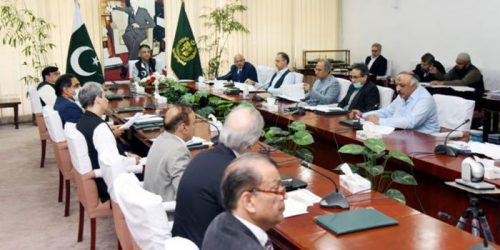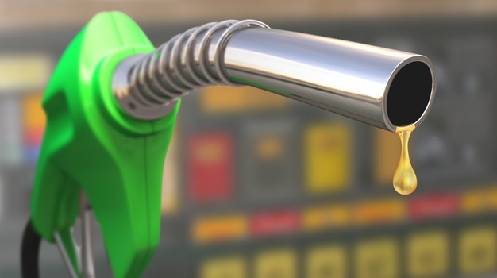ISLAMABAD: The Cabinet Committee on Energy (CCOE) that met here on Thursday noted that the projected circular debt accumulation is on the decline as the circular debt flow in FY 2020-21 is now projected to be around Rs 440 billion compared to Rs 538 billion in the last fiscal year, primarily due to better DISCOs performance, lower unbudgeted subsidies and the impact of the recently-announced Rs 1.95 tariff increase, a senior official told The News.
“With Federal Minister for Development and Special Initiatives Asad Umar in the chair, the CCOE was told that 44 IPPs have so far agreed on payment mechanism. Besides it, two more wind power plants have agreed and the last one will also agree on payment mechanism before the federal cabinet that meets on Tuesday next week. On payment mechanism, the CCOE has approved recommendations of the Power Division, but there will be another CCOE and ECC meeting to finalize the plan.”
The CCOE was briefed about the situation of circular debt from July 2020 to December 2020. The committee notes that the projected circular debt accumulation is decreasing as a result of the circular debt management plan being implemented by the government. The committee appreciated the efforts of the Power Division for regular monitoring of the circular debt situation and directed them to timely issue the monthly data for the committee to review.
As per a press release, the Power Division submitted the summary on payment mechanism and agreement with Independent Power Producers (IPPs). The Power Division informed the committee that out of 47 MoUs, the implementation committee has agreed to the payment mechanism with 44 IPPs.
The secretary, Power Division, briefed the committee on the purposed mechanism. Certain members of the committee sought more time to study the proposals in detail. It was therefore decided that the committee would be reconvened on February 8, 2021 for a final decision.
The CCOE has rejected the summary of the Maritime Affairs Division, asking for creating a monopoly of two private LNG terminals, which are not yet visible on the ground, on the existing pipeline capacity.






